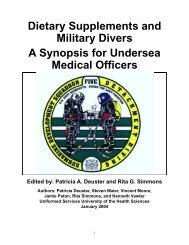Force Health Protection: Nutrition and Exercise Resource Manual
Force Health Protection: Nutrition and Exercise Resource Manual
Force Health Protection: Nutrition and Exercise Resource Manual
You also want an ePaper? Increase the reach of your titles
YUMPU automatically turns print PDFs into web optimized ePapers that Google loves.
5-A-Day<br />
You may have heard of the national campaign to<br />
increase the amount of fruits <strong>and</strong> vegetables eaten by<br />
all Americans. This campaign, called “5-a-Day” has<br />
been adopted by all military services. Its purpose is to<br />
encourage people to eat at least five servings of fruits<br />
<strong>and</strong> vegetables each day. Following this program can add needed vitamins<br />
<strong>and</strong> minerals to your daily food intake; cut your risk of heart disease, cancer<br />
<strong>and</strong> digestive diseases; help control cholesterol; prevent constipation; <strong>and</strong> can<br />
help manage your body weight <strong>and</strong> percent body fat. Additionally, many<br />
fruits <strong>and</strong> vegetables contain “antioxidants” (see the Glossary) <strong>and</strong> other<br />
nutrients that are beneficial to your health. Ideas to help you incorporate<br />
more fruits <strong>and</strong> vegetables in your diet can be found in Appendix A.<br />
Food Labels<br />
To fully underst<strong>and</strong> <strong>and</strong> use the information in the Food Guide Pyramid<br />
you need to underst<strong>and</strong> how to read the nutrition labels on foods. An example<br />
of a food label is shown in Figure 3-2.<br />
Figure 3-2. How to Read a Food Label<br />
Serving size<br />
reflects the<br />
typical amount of<br />
the food that<br />
many people eat.<br />
The list of<br />
nutrients displays<br />
the amount in<br />
one serving of the<br />
food.<br />
Ingredients are<br />
listed from the<br />
most to the least<br />
abundant items<br />
found in the food.<br />
The % Daily<br />
Values are based<br />
on a 2,000 kcal<br />
diet. Use the<br />
number to<br />
compare the<br />
amount of<br />
nutrients found<br />
in various foods.<br />
Percentage of<br />
the daily<br />
vitamin <strong>and</strong><br />
mineral<br />
recommendation<br />
that is met in<br />
one serving of<br />
the food.<br />
Ingredients: Lowfat milk, Vitamin<br />
A palmitate, Vitamin D 3<br />
22 <strong>Force</strong> <strong>Health</strong> <strong>Protection</strong>:


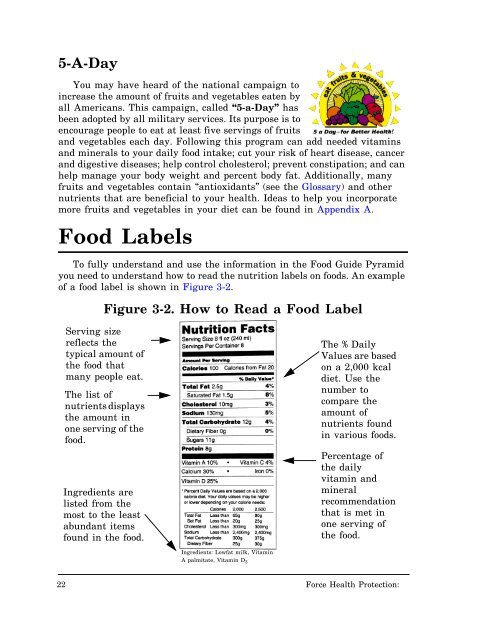

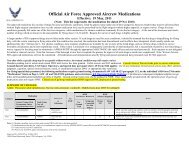

![Body Composition and Military [PDF] - Human Performance ...](https://img.yumpu.com/43269347/1/190x245/body-composition-and-military-pdf-human-performance-.jpg?quality=85)
![Tips for Grocery Shopping [PDF]](https://img.yumpu.com/37447379/1/190x245/tips-for-grocery-shopping-pdf.jpg?quality=85)
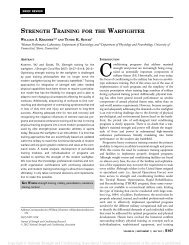
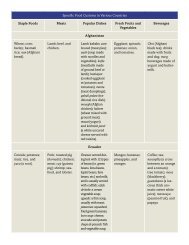
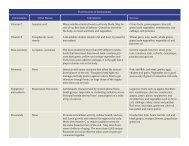
![Synthetic Drugs [PDF] - Human Performance Resource Center](https://img.yumpu.com/37447322/1/190x245/synthetic-drugs-pdf-human-performance-resource-center.jpg?quality=85)
